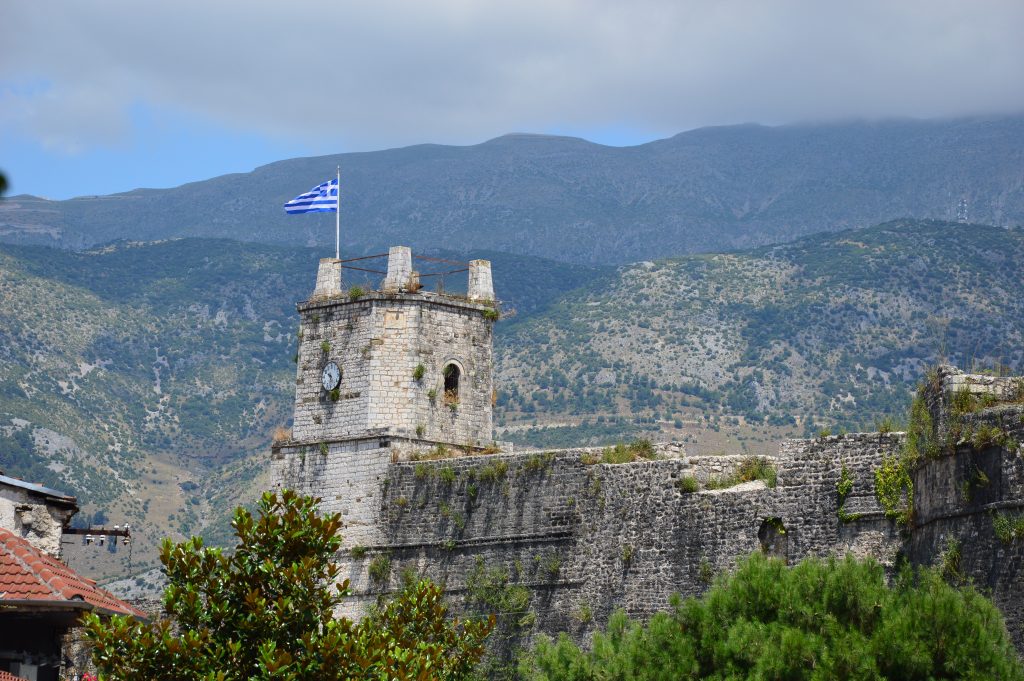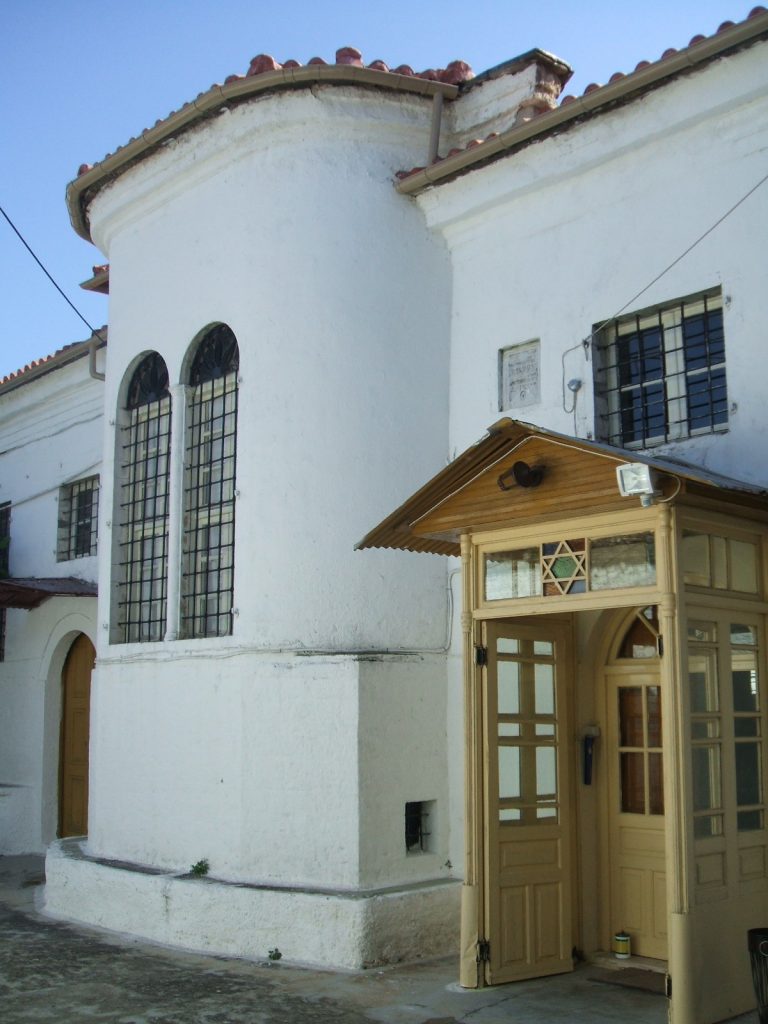Ioánnina, one of the most ancient Jewish communities in Europe, still bears the deep imprint of the long Ottoman presence in Greece. At the heart of the mountainous Epirus region, Ioánnina (280 miles from Athens near the Albanian border, the two cities connected by a difficult road) still harbors a small Jewish community.

Hellenized Romaniote Jews were present for over 2300 years, Ioannina being then one of its main centers. They were later joined during the Inquisition by a large contingent of Sephardim. Shut away with their traditions, indifferent to other cultures, according to a seventeenth-century Turkish traveler. The Jewish community maintained a poor relationship with the Greek Orthodox majority, a situation the Turkish government did all it could to exploit. In the late eighteenth century, Ioánnina fell into the hands of a tyrant, Ali of Tebelen, an Albanian pasha of the Sublime Porte who, during a forty-year reign, carved for himself his very own fiefdom, with borders stretching as far as Albania and Macedonia. A former Napoleonic officer and Strasbourg Jew Samson Cerf Berr converted to Islam and moved to the court of Ali the Rebel; he was the nephew of Cerf Berr de Mendelsheim, a military supplier to Louis XV and overseer of the Alsatian Jewish community.
Several anti-Jewish riots broke out in Ioánnina in the late nineteenth century on the occasion of the Orthodox Easter, under the pretext of accusations of ritualistic crimes. Hundreds of Jews were forced to leave the city, emigrating mostly to Jerusalem or New York. In the early twentieth century, they founded synagogues dedicated to Ioánnina in Jerusalem’s Mahane Yehuda and New York’s Lower East Side that still stand today.
On the eve of the Second World War, Jews in Ioánnina numbered just under 2000; they were all rounded up by the Nazis in March 1944.Only about a hundred survived. A monument commemorating the victims of the Holocaust was inaugurated in 1994.
The community consists of only around fifty people today, many of whom live in a building constructed on the site of the former “new” synagogue at the border of the Kastro district and the Jewish Alliance school. Several Albanian Jews, smuggled out of that country by the Jewish Agency before the fall of the Communist regime, passed through Ioánnina in transit. A sign of hope and renewal for the Jewish community, Moses Elisaf, a Jew born in this city, was elected mayor in 2019.

The Kahal Kadosh Yashan Synagogue can still be visited, the sole remains of the faded importance of Ioánnina’s Jewish community. Its original structure probably dates from the Byzantine era, but it was restored on different occasions. The Kahal Kadosh Hadash Synagogue (“hadash” meaning new in Hebrew, to distinguish it from the one called “yashan”, meaning old), built in the 16th century, was destroyed during the Shoah. It was located on Joseph Eliyia Street, named after a Jewish poet born in the city.
In the Kahal Kadosh Yashan’s courtyard, an ablution fountain reserved for Kohanim is located to the right, beside a well used in the tashlik ceremony; to the left, a frame used during the sukkah leans against the synagogue wall. The main door was reserved for men; a side entrance allowed women access to an upper gallery. The interior architecture, with its arches circling a central dome, reflects Ottoman influence. The synagogue, for a while used as a library, was spared during the war thanks to the intervention of the Mayor of Ioannina.
In the Its Kale (southeastern) citadel of the castle of Ioánnina is the Byzantine Museum . Here, several relics are on display: a synagogal wall hanging, a Jewish dress, and a ketubah -a calligraphic and illustrated marriage contract.
Outside the citadel, a segment of the Jewish community has regrouped in the neighboring Leonida district, bordering the lake. Stars of David are still visible on the facades of houses and wrought iron gates.
The Jewish cemetery is located in the western part of the city, in the Agia Triada area.